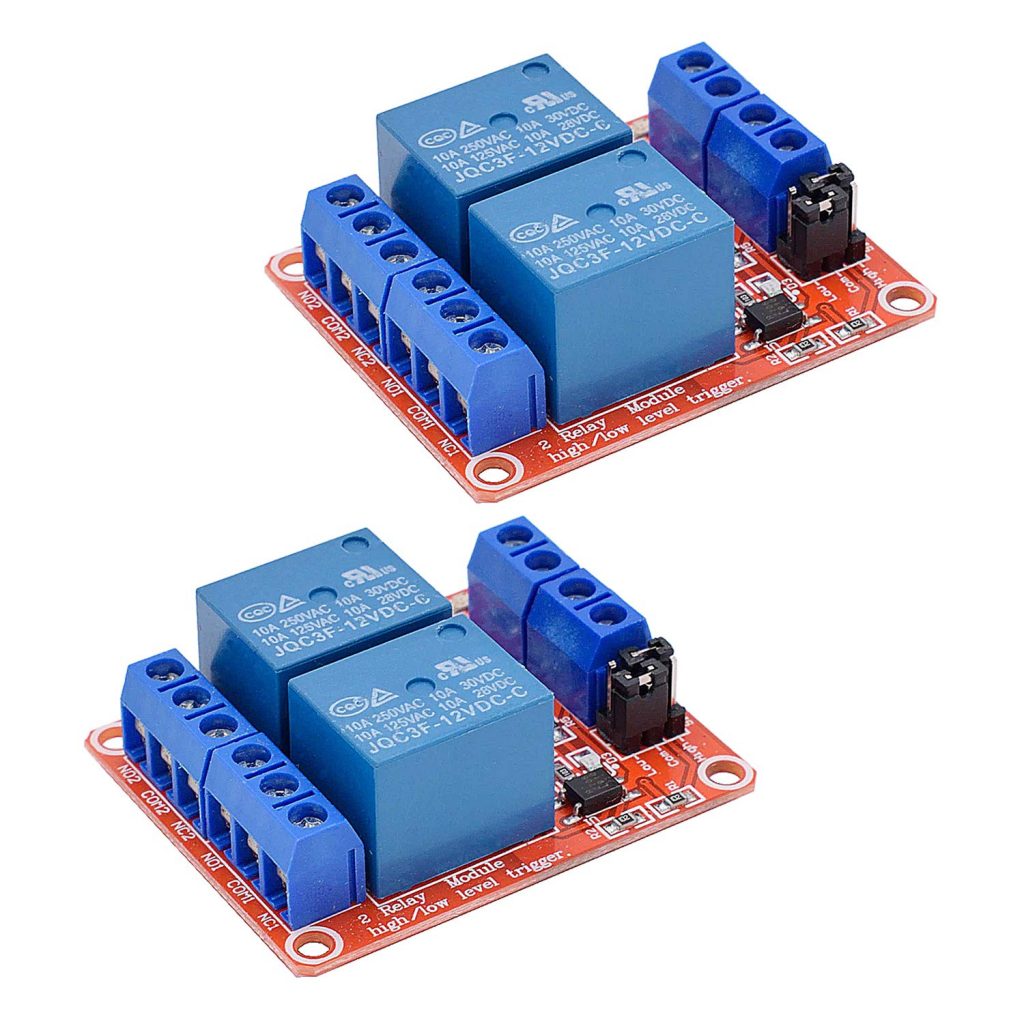Solid state relays (SSRs) have gained significant popularity in various industries due to their unique characteristics and advantages over traditional electromechanical relays. In this article, we will delve into the advantages and disadvantages of solid state relays, providing you with a comprehensive understanding of their capabilities and limitations.
Advantages of Solid State Relays:
- Enhanced Reliability:
One of the key advantages of solid state relays is their enhanced reliability. Unlike electromechanical relays, SSRs do not have any moving parts, eliminating the risk of mechanical failure. This makes them highly durable and suitable for applications that require frequent switching or operate in harsh environments. - Fast Switching Speed:
SSRs offer rapid switching speeds, typically in the range of microseconds. This allows for precise control and enables them to handle high-frequency operations. The fast switching speed of SSRs makes them ideal for applications such as motor control, robotics, and industrial automation. - Noiseless Operation:
Another significant advantage of solid state relays is their noiseless operation. Unlike electromechanical relays that produce audible clicks during switching, SSRs operate silently. This feature is particularly beneficial in applications that require a quiet environment, such as audio equipment or medical devices. - Optoisolation:
SSRs incorporate optoisolation, which provides electrical isolation between the control and load circuits. This isolation protects sensitive control circuitry from voltage spikes, surges, and noise generated by the load circuit. Optoisolation also enhances safety by reducing the risk of electric shock and minimizing the potential for ground loop issues. - Longevity:
Solid state relays have a longer lifespan compared to electromechanical relays. With no mechanical contacts to wear out, SSRs can endure millions of switching cycles without degradation in performance. This longevity reduces maintenance costs and increases overall system reliability.
Disadvantages of Solid State Relays:
- Heat Dissipation:
One of the primary challenges with solid state relays is heat dissipation. SSRs generate heat during operation, and if not properly managed, it can lead to overheating and reduced reliability. Adequate heat sinking and thermal management techniques are essential to ensure optimal performance and prevent premature failure. - Voltage Drop:
Solid state relays introduce a small voltage drop across the load circuit, typically in the range of a few volts. While this voltage drop is negligible in most applications, it can be a concern in situations where precise voltage control is critical. - Cost:
Compared to electromechanical relays, solid state relays tend to be more expensive. The advanced technology and additional components required for optoisolation and solid-state switching contribute to the higher cost. However, the long-term benefits and reliability of SSRs often outweigh the initial investment.
Conclusion:
Solid state relays offer numerous advantages such as enhanced reliability, fast switching speed, noiseless operation, optoisolation, and longevity. However, it is crucial to consider the challenges associated with heat dissipation, voltage drop, and cost. Understanding the advantages and disadvantages of solid state relays enables engineers and designers to make informed decisions when selecting the appropriate relay for their specific applications.



More Stories
What Is Multistage Centrifugal Pump and How Does It Work
Large Steel Silos for Grain Storage in Global Supply Chains
Thermal Interface Material Applications in High-Performance Server Chips: Overcoming Material Obstacles for Kilowatt-Level Heat Flux